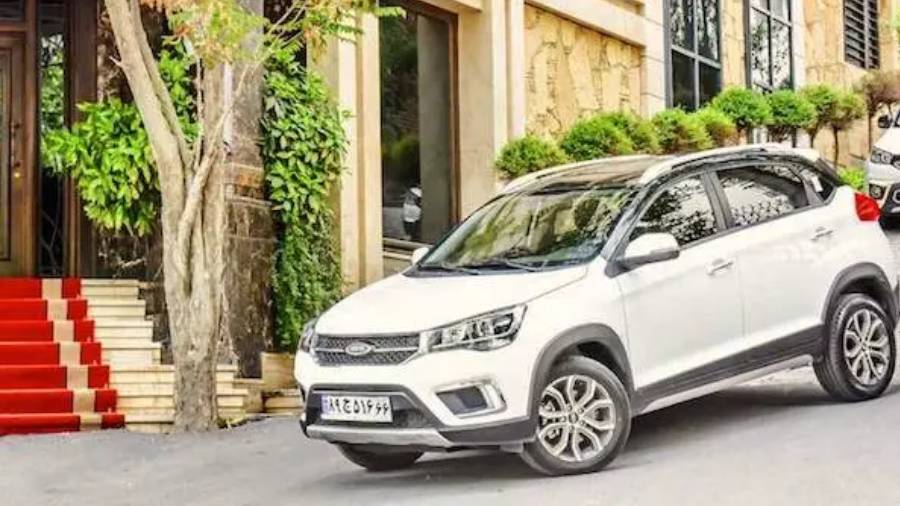Iran’s Auto Industry Production Expected To Increase 50% In 2022

A Peugeot Pars on the streets of Tehran
Growth in Central Asian and EAEU markets demand spurs manufacturing growth
Iran’s auto production is expected to jump by at least 50% in the current Iranian fiscal year (like India, March 21, 2022 to March 2023). Seyed Reza Fatemi Amin, the Iranian Minister of Industry, Mine and Trade visited the Iranian auto manufacturers Iran Khodro and Pars Khodro, to monitor the Presidential executive orders for the country’s auto industry.
Like China, Iran’s auto industry is subject to state control as it is a key development industry that stimulates other, labour intensive auto component manufacturing businesses and investors.
In March this year, Iran`s President Ebrahim Raisi issued eight presidential executive orders in the fields of production, expanding the production of new and advanced vehicles, electric vehicles, and investing and laying the groundwork for the entry of knowledge and technology from the defense and space industries and the capacity of knowledge-based companies to transform the auto industry.
Raisi also issued orders regarding providing the required parts and immediate clearance and supply of cars in the warehouses of car companies to the market, up to the standard quorum, at the latest within the next two months as regional manufacturers scramble to look at opportunities caused by the sanctions on Russia – some of which will involve partnership with Russian auto manufacturers.
In order to modernize the public transport fleet, both freight and passenger, at least public vehicles (tractors, trucks, vans, buses, and minibuses) are worn out and obsolete and must be replaced with quality cars for business owners.
Iran Khodro is based in Tehran and is a public listed company, manufacturing vehicles, included licences from Samand, Peugeot, and Renault, in addition to trucks, minibuses and buses.
Pars Khodro is also based in Tehran and used to produce vehicles for General Motors and Jeep; today it also produces vehicles based on Renault and Dacia licenses. It was the first Iranian company to manufacture an SUV.
Iran’s new auto manufacturing capacity is bound to attract interest from Chinese, Indian, and Russian auto component manufacturers. The demand for new vehicles in Central Asia is growing – Kazakhstan’s domestic auto industry for example grew by 24% in 2021 – Iran has a Free Trade Agreement with Kazakhstan via the Eurasian Economic Union, which also includes Armenia, Belarus, Kyrgyzstan, and Russia.
Iran has been heavily sanctioned by the United States and was disconnected from the SWIFT global payments network in 2019.
Related Reading
About Us
Chris Devonshire-Ellis is the Chairman of Dezan Shira & Associates. The firm assists British and Foreign Investment into Asia and has 28 offices throughout China, India, the ASEAN nations and Russia. For strategic and business intelligence concerning China’s Belt & Road Initiative please email silkroad@dezshira.com or visit us at www.dezshira.com





